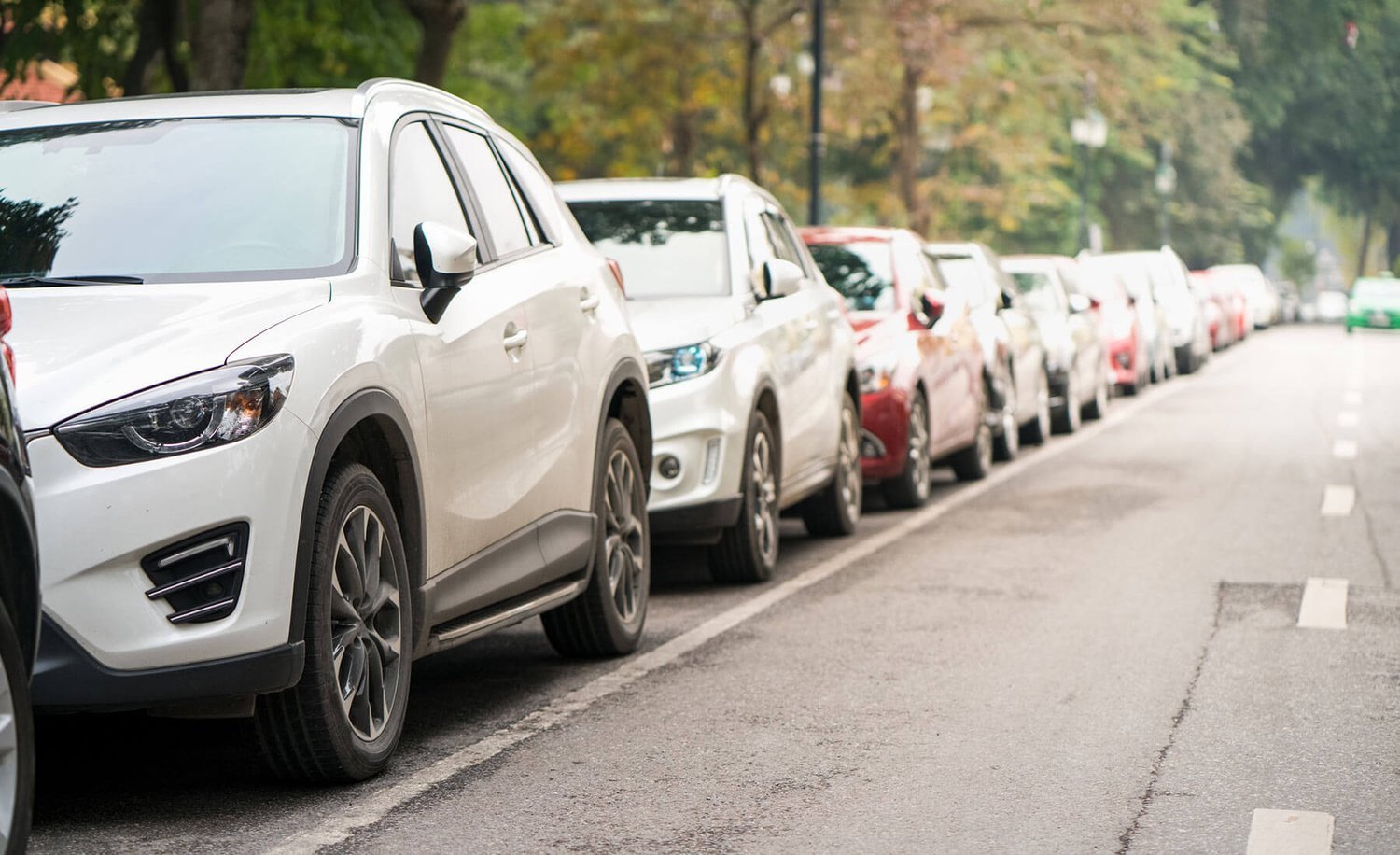[POLL] Nearly half of Americans have “parallelophobia”

Save an average of $440/year on car insurance when you shop with The Zebra.
If you’ve ever passed up a parallel parking spot to avoid the stress and anxiety that comes with backing into it, you’re not alone. Parallelophobia — the fear of parallel parking — is more common than you think.
Our survey found nearly half of Americans fear mastering this tricky parking maneuver. The most common fear related to parallel parking may surprise you: it’s not hitting another car (which could raise your car insurance premiums).
We surveyed 1,000 Americans per question and found:
- Nearly half of Americans (49%) have parallelophobia, or the fear of parallel parking.
- The most common fear drivers have is holding up traffic (24%), followed by hitting another car (21%).
- Of those who drive, only about half (53%) feel “very confident” in their parallel parking skills.
- Northeasterners are most confident (61%) while midwesterners are least confident (46%) in their parallel parking abilities.
Nearly half of U.S. drivers admit to having “parallelophobia”
Whether it’s a product of reliving trauma from a failed driver’s license exam or via a lack of real-world practice, 49% of American drivers reported some degree of fear of parallel parking. It’s known as one of the most complicated driving skills — and for good reason.
Parallel parking spots are often located in areas where parking is limited. These areas are usually busy with pedestrians or other cars so it increases the pressure to find and fit in a spot. That may explain why drivers reported that “holding up traffic” was their biggest fear related to parallel parking. Other common concerns included hitting another car, getting blocked in, bystanders watching, and hitting the curb.

Of these parallel parking fears, holding up traffic held the most concern. Since parallel parking spots are often in high-traffic areas, it’s understandable that 24% of drivers are worried about slowing down others as they maneuver into their space.
The second most common fear of hitting another car could leave significant damage or even injure someone. If a car insurance claim is filed, you might be looking at an average of $2,061 in additional premiums. In other cases though, like when there’s minimal damage or damage to your car only, you may not need to file an insurance claim.
The fear of getting blocked in by other cars is definitely possible and may cause some inconvenience. Peer pressure from people watching and hitting a curb are two minor fears for drivers.
There are regional differences in parallel parking skills
When asked how confident people were in their parallel parking abilities, Americans were nearly split on how comfortable they were with their skills. However, regional differences may hold the answer to why some drivers are more confident than others. We found that northeasterners were most confident (61%) in their parallel parking abilities while midwesterners (46%) were least confident.

Northeasterners are most confident about parallel parking
Parking spots can be hard to come by in urban areas so the ability to parallel park gives you a unique advantage. Since parking can be limited in dense cities like New York and Boston, drivers may feel pressured to perfect their parallel parking if they ever want to find a spot.
Midwesterners are least confident about parallel parking
Population density also plays a large role in parking infrastructure. More people means more parking spaces to accommodate them. Understandably, the midwest has a lower population density than other regions so space and parking are more widely available.
Should parallel parking be a required skill for a driver’s license?
Our findings may also reflect the discrepancies in states who do and don’t test on parallel parking for driver’s license exams. This may be news to you, but there are a handful of states that don’t require parallel parking on the driving exam. If you’re from one of the lucky states that don’t, you may have slipped by with a similar skills test or gotten off the hook completely.
It’s been reported that these states don’t test on parallel parking:
- Alabama, Arkansas, California, Colorado, Florida, Illinois, Maryland, Nebraska, North Carolina, Ohio, Oregon, South Dakota, Virginia and Wyoming.

Proponents of removing this portion of the driving exam argue that while parallel parking helps drivers hone skills like reversing and using their mirrors, it’s not a necessary skill to have in order to drive safely on public roads. If someone isn’t confident in their parallel parking abilities, they can search for another parking spot. Others in support say that many people fail their driving exams because of the parallel parking portion, slowing down the overall system.
It’s possible that the ability to parallel park will become an outdated skill as new autonomous features are made available. In the near future, your car won’t only help you park better, it could park itself! Adoption of this technology could improve safety for all. The National Highway Traffic Safety Administration reported that an average of 13,000 people are injured each year in crashes involving reversing vehicles. Could self-parking technology make parallelophobia a thing of the past?
Reducing crashes and injuries are just two of the potential benefits conferred to drivers, passengers, and pedestrians from autonomous tech. Until autonomous driving technology is widely adopted, stay safe and fully insured by comparing car insurance rates — on the road and in parking lots.
Methodology
This study was conducted for The Zebra using Google Surveys. The sample consisted of no less than 1,000 completed responses per question. Post-stratification weighting has been applied to ensure an accurate and reliable representation of the total population. This survey was conducted in January 2020.
Stay in touch and subscribe!
Get advice, insights and tips from our newsletter.
